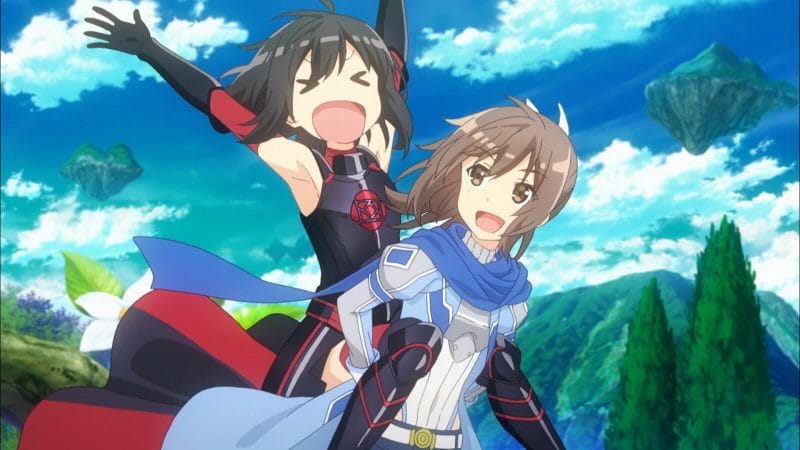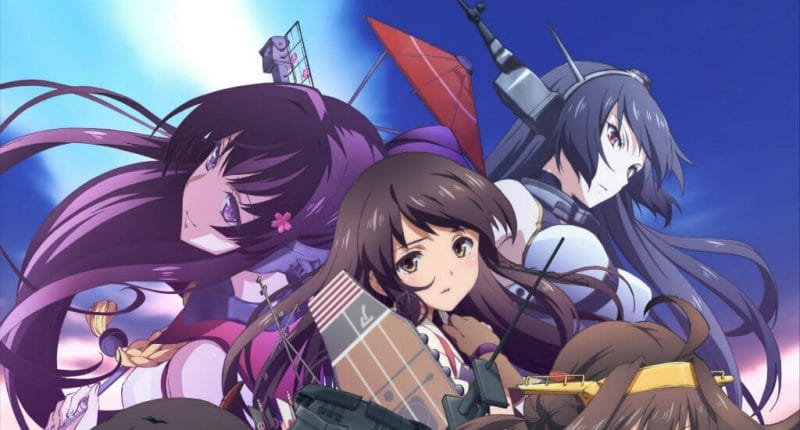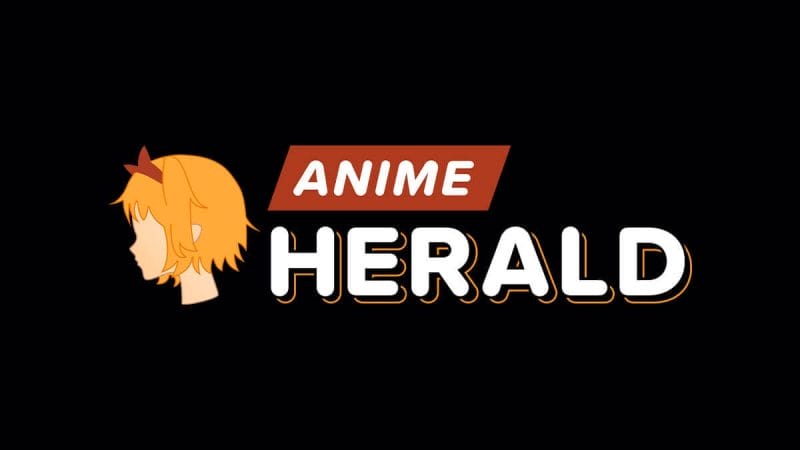
Over the years, we’ve heard time and time again that anime itself is a “young hobby.” People that get involved typically do so in their early to mid teens, and hang around until sometime during college, when many inevitably “grow out” of the pastime. It’s a fact of the market, which few really stop to consider, let alone question. Why do so many drop out of anime? Why do they stop watching, and what leads these folks to abandon their hobby altogether?
Really, think about this for a moment. People like myself, those in the late-twenties-and-above age group are increasingly rare sights in the greater anime market.
“Certainly, there must be an explanation for this!”
You are correct, dear reader. The generational drop-off can be summed up in one word: abandonment. It’s a simple word, literally defined as the act of leaving a person or group “completely and finally” or “desertion.” Basically, as the years grow on, these customers lose interest in anime as a whole. They grow tired of the products being offered, and simply begin a slow drift outward, from the core customer-base to the outermost edges of the non-customer graph.
“But how can that be?”
Well, dear reader… anime tends to go through its key phases. We see genres rise and fall, within the span of a five-to-six year period. In the general Japanese market, we saw the following genres rise to prominence:
| Time Period | Genre |
|---|---|
| 1970-1979 | Space Opera (Captain Harlock, Space Battleship Yamato) Super Robot (Mazinger Z, Getter Robo) |
| 1980-1989 | Cyberpunk (Akira, Ghost in the Shell)Martial Arts (Dragon Ball) Magical Girl (Minky Momo, Sailor Moon) Mecha (Gundam, Patlabor) |
| 1990-1999 | Giant Robot Revival (Evangelion, Gasaraki) Harem (Tenchi Muyo!, Ranma 1/2, Saber Marionette) |
| 2000-2005 | Maid (Mahoromatic, Hanaukyo Maid Team) Mecha Revival (Gundam SEED, Eureka Seven, Code Geass) Eroge Drama (Kanon) |
| 2005-2012 | Eroge Drama (Kanon) Martial Arts Revival (Dragon Ball Z Kai, Fist of the North Star: Legends of the True Savior) Moe (K-ON!, Moetan) |
Again – this isn’t when these genres were introduced to the world, but rather a determination of when they began to resonate with the market at large.
So, in the span of thirty years, we went from sweeping epics to shows about cute girls doing cute things. As we transitioned between each phase of the market, we saw an increasing focus on the otaku market in the form of geek fantasies and gratification. On the surface, it seems sensible: otaku typically have large amounts of disosable income to blow on toys, video games, and other merchandise. At the same time, with Japan experiencing a declining birth-rate, the supply of younger viewers dwindles with each passing year. Unfortunately for the industry, though, the greater market isn’t a stupid bunch. They saw these changes bubbling to the surface, and began to feel unwelcome, or even repulsed by anime offerings hitting the airwaves. Instead of dealing with a hostile market, they simply moved on to other entertainment, and other hobbies.
In the west, this effect hit especially hard, due to the fact that, aside from a narrowing range of subjects, viewers needed to contend with an increasingly large culture gap. The greater market doesn’t know about the idiosyncrasies of Japanese civilization, nor do they want to. At the same time, a large portion of the western population sees little to no appeal in the popular styles today.
“What do you mean?”
Dear reader, listen, and listen well. If you take nothing from what I’ve said in the past will say in the future, understand that the average American is repelled by cute cartoon things. They are regarded as childish, immature, and unappealing, outside of two realms: girls’ toys and young children. This is nobody’s fault, but it is rather an artifact of the country’s lifestyles. There’s a reason why Cowboy Bebop and Fullmetal Alchemist caught on, where Haruhi didn’t. There’s a reason as to why average people actually stopped and sought out Akira and Ghost in the Shell, but turned their noses toward Lucky Star and K-On!.
In short, these people didn’t leave anime – anime left them in favor of the low-hanging fruit.
It’s difficult to fault any of the parties involved. Japan has an obligation to increase their bottom line, even if their base shrinks in response. The market has an obligation to be as selfish and demanding as they damn well please, as they’re the true kings in the relationship. Lately, we’ve seen some attempts to capture lapsed customers from companies like Nozomi and Discotek, with varying degrees of success. While I’m doubtful that many will return as core customers, it will be interesting to see if there is a noticeable bump as more of these shows hit the market.











